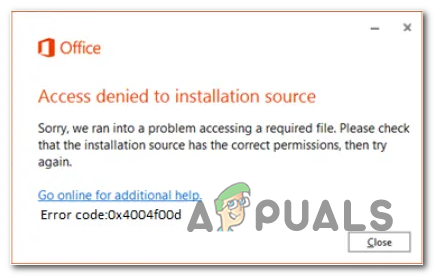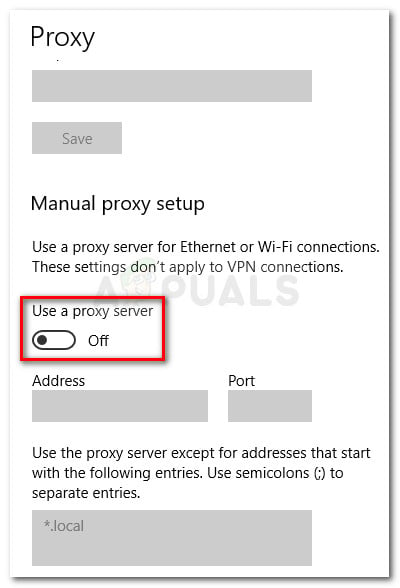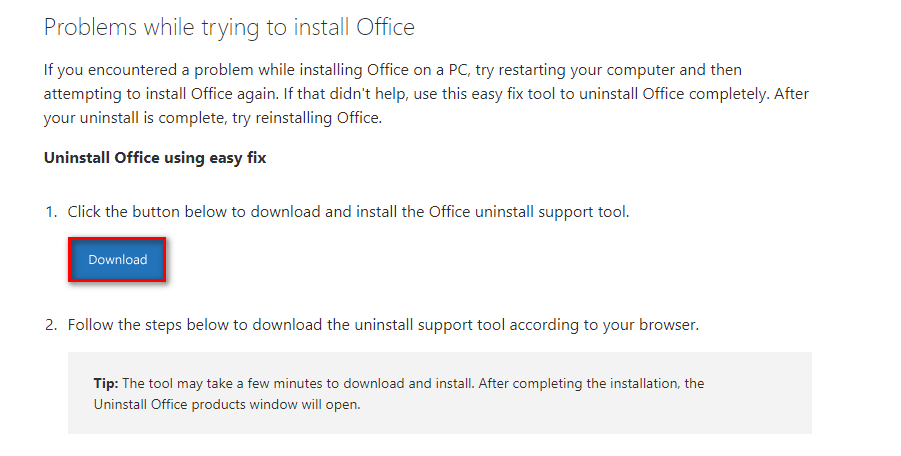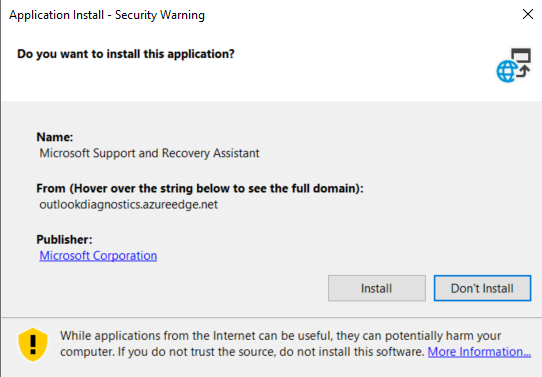Fix: Access denied to installation source Office Error
The Office installation process may suddenly stop near the end and show an error message such as “Access denied to installation source” with codes like 30015-4 (5) or 30015-39 (5). This means the installer cannot get the files it needs because something is blocking the source folder.

The most common cause is third-party antivirus or firewall software that prevents Office from accessing its installation files. Other possible reasons include a damaged installation cache, limited folder permissions, or network problems such as an active VPN or proxy.
Now that you know the causes, let’s discuss the solutions.
1. Disable Firewall Interference (If Applicable)
At times, an overprotective third-party antivirus or firewall can block Office applications from connecting to Microsoft servers, causing the 0x4004f00d error. This block often happens due to a false positive triggered by your security software.
Well-known third-party security programs like Comodo and McAfee have been reported to cause such false positives. If you suspect your security suite might be the culprit, temporarily disable real-time protection and check if the error still appears.
The process to disable real-time protection varies depending on your antivirus, but generally, you can find this option in the system tray or security suite’s main menu.

If your antivirus also includes a built-in firewall, simply disabling real-time protection might not be sufficient, as the firewall rules could still block Office connections. In this case, you can either:
- Adjust your firewall settings to whitelist Office applications (specific steps vary by software), or
- Temporarily uninstall the security suite entirely until Office activation is successful.
To completely uninstall your antivirus and remove any leftover files, follow these steps:
- Press Windows key + R to open the Run dialog. Type ‘appwiz.cpl’ and press Enter to open Programs and Features.

Opening Programs and Features - Scroll through the list to find your third-party security suite.
- Right-click on it and select Uninstall. Follow the uninstallation prompts.

Uninstalling your antivirus - Restart your computer to apply changes.
- For thorough removal, follow this comprehensive guide (here) to eliminate any remaining files that could affect Office.
- After rebooting, try launching the Office application and complete the activation process again.
2. Disable VPN or Proxy Interference (If Applicable)
Office applications can experience errors when operating through VPNs or proxy servers, especially during license validation. If you are using a VPN or a proxy, temporarily disabling it is crucial in resolving Office activation errors.
2.1. Disable the Proxy Server
- Press Windows key + R to open the Run dialog. Type ‘ms-settings:network-proxy‘ and press Enter to open the Proxy section of Windows Settings.

Run dialog: ms-settings:network-proxy - In the Proxy settings, scroll to the Manual proxy setup area and switch off the option for Use a proxy server.

- Restart your computer and attempt to activate Office again.
2.2. Uninstall the VPN Client
- Open the Run dialog by pressing Windows key + R. Enter ‘appwiz.cpl‘ and press Enter to access Programs and Features. Confirm any User Account Control (UAC) prompts.

Type appwiz.cpl and Press Enter to Open Installed Programs List - Find your VPN client in the list. Right-click on it, then select Uninstall.

Uninstalling a VPN tool - Follow the prompts to complete the removal, then restart your computer.
3. Uninstall Office and Running the Fix It Tool
Corruption or incomplete updates in your Office installation can prevent proper activation and cause the 0x4004f00d error. This may happen due to unexpected shutdowns or faulty updates.
To completely resolve this, uninstall Office, remove all leftover files using the official Microsoft removal tool, then reinstall Office and reactivate it. This approach ensures that any corrupt components are fully deleted, removing persistent activation issues.
- Open the Run dialog by pressing Windows key + R. Type ‘appwiz.cpl’ and press Enter to access Programs and Features.

Typing in “appwiz.cpl” in the Run prompt - Find your Microsoft Office installation, right-click, and choose Uninstall.

Uninstalling Microsoft Office - Complete the uninstallation process and restart your computer.
- Next, visit the official Microsoft support page (here), scroll down to the Problems while trying to install Office section, and click the Download button.

- Run the downloaded SetupProd_OffScrub.exe tool and follow the instructions to remove any remaining Office files.

Installing the SetupProd_OffScrub.exe - After the clean-up completes, restart your computer. Then, reinstall Microsoft Office and activate it with your license key. Check to see if the error has been resolved.




